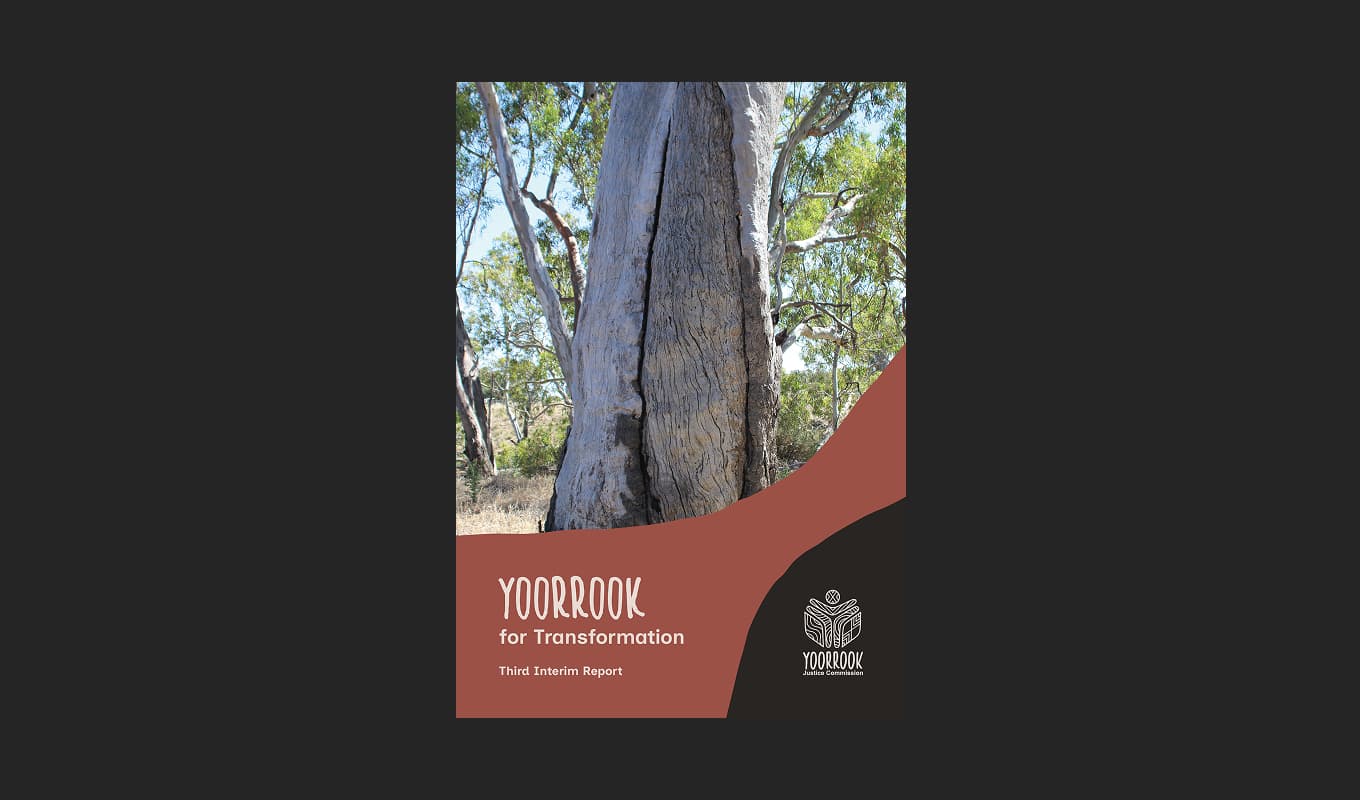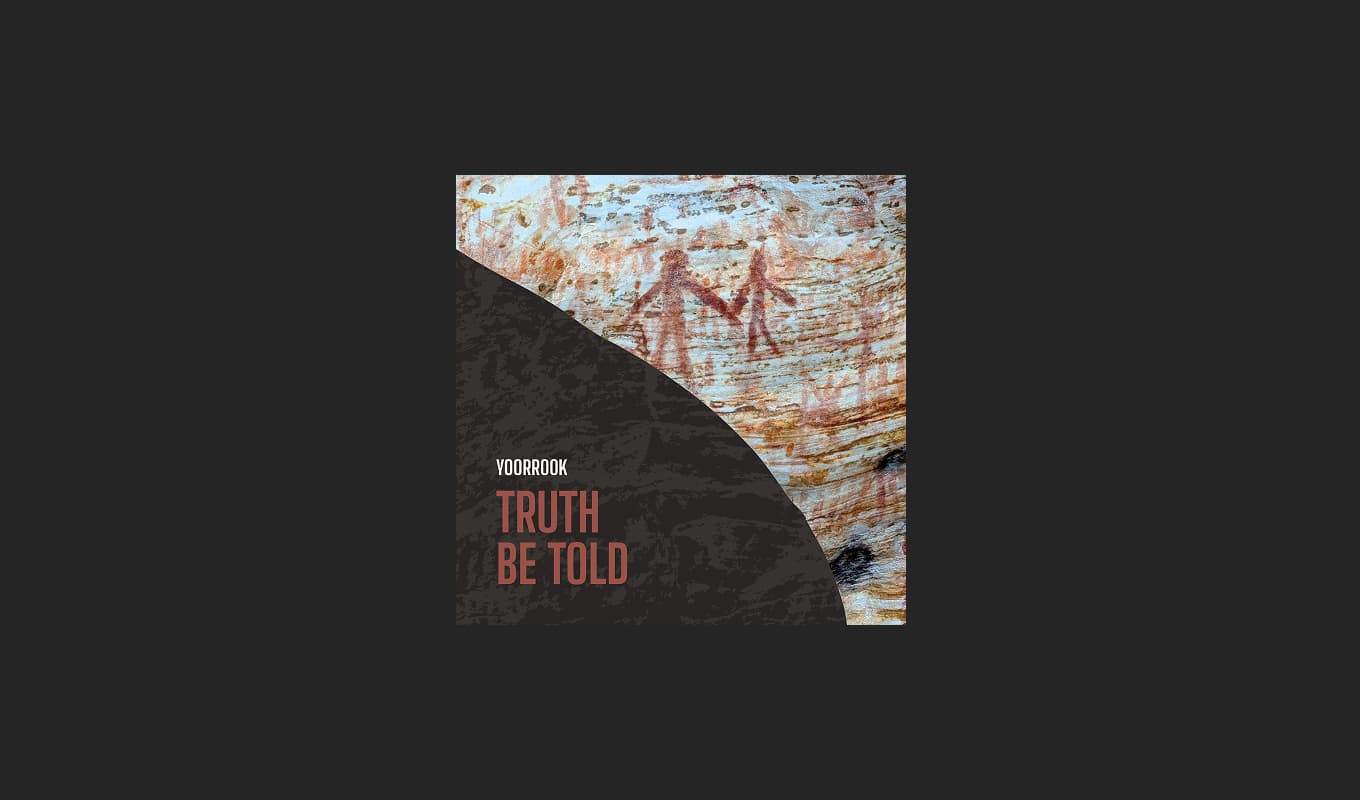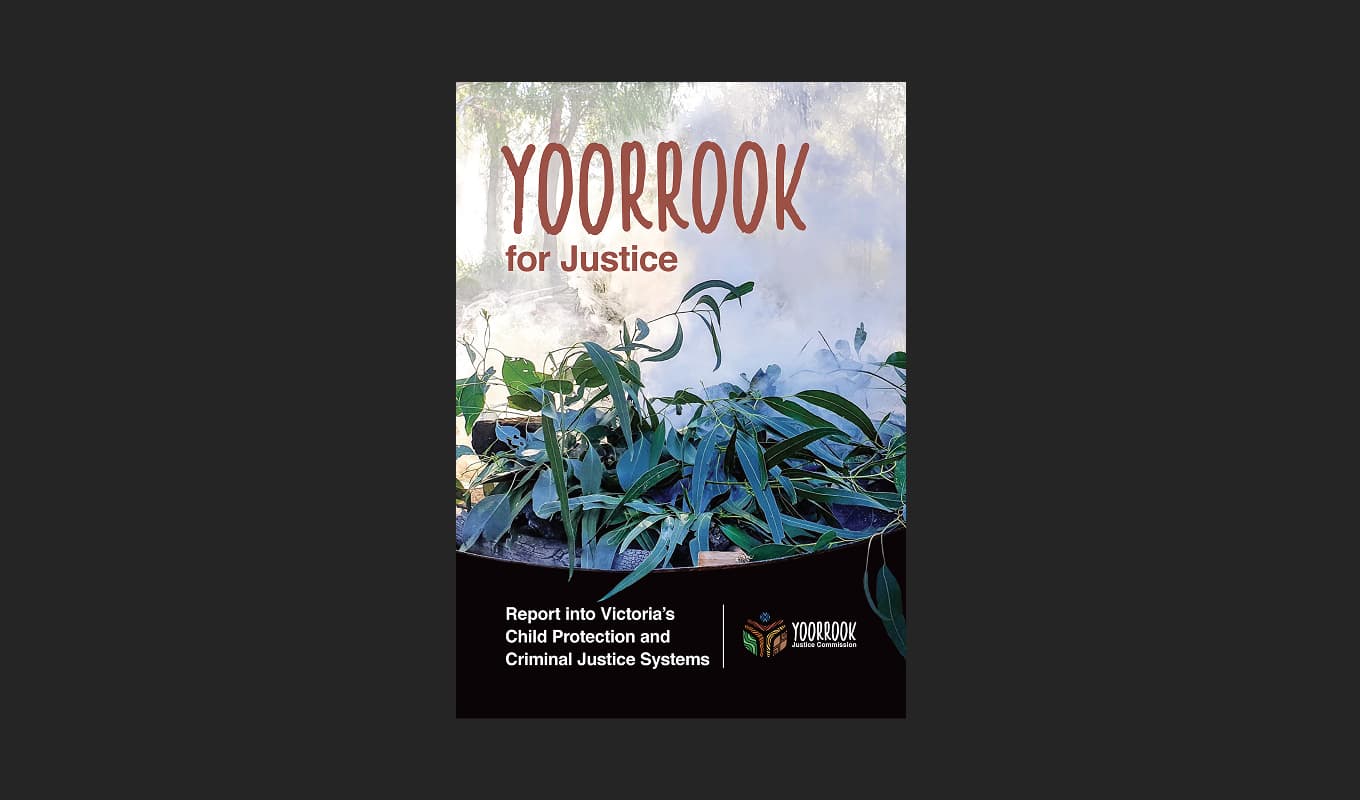Genazzano FCJ College
Genazzano FCJ College outlines how First Peoples history and culture could be taught better at school, including by seeking support from Elders and local First Nations communities, staff professional development and curriculum materials, experiences provided by First Peoples and celebrating First Peoples culture. It also describes how First Nations students can be better supported, including through staff cultural education and understanding, schools having Reconciliation Action Plans and visible cultural references. Recognising that school settings can be intimidating for some families and welcoming and including families is also vital.
Submission Transcription
To provide an education based on authentic input and information schools need to seek out support from Elders and members from local Aboriginal communities to deliver presentations to staff and students. Giving staff the opportunity for some professional development can only improve teacher confidence and student learning about the First People of our country. Teachers can often feel reticent and disempowered delivering information across the curriculum as many may feel that they are not qualified to share or know this information.
Hands on experiences with Aboriginal and Torres Strait Islander people allows teachers to experience genuine learning in a community. Inviting Murrundindi, the Ngurungaeta for the Wurundjeri people, and his son, Pallyan, to come into the College and lead class lessons based on curriculum topics, has helped bridge the gap of learning for both staff and students. Studying topics such as Aboriginal Spirituality, the early history of our country and recognising Aboriginal language, take on a greater depth in meaning and understanding when being taught by those who have this knowledge.
Staff also require support material to allow for rigorous, authentic education. Having the relevant resources makes a difference and having the opportunity to invite an artist in residence into the school can build knowledge, confidence and rich learning opportunities for the school community.
There are three key aspects that support the learning of the history and culture of Aboriginal people:
- Building strong relationships with your local Aboriginal mob
- Providing firsthand learning experiences whether it be at school, on a camp, attending a qualified course run by First Nations people or by having First Nation people on staff
- Dispelling the myths and misconceptions about Indigenous cultures and people and instead, taking the opportunity to highlight the contributions Aboriginal and Torres Strait Islander have made to Australian society.
These aspects can be expensive and where possible, seeking avenues that will support these costs will make all the difference.
Some schools have over the years invested in programs that have taken groups of students to the Kimberley or Central Australia with the aim being that the rich, personal experiences throughout these very unique trips will encourage students to have a strong knowledge base and voice about Aboriginal culture and story when they return. Such experiences also allow for relationships to be developed over time that are built on trust, friendship and two-way learning.
It is important to develop long-term strategies for maintaining and building content about Aboriginal story rather than focusing only on specific times like Sorry Day. Embedding aspects of programs such as, the Australian Curriculum: Aboriginal and Torres Strait islander Histories and Cultures (Version 8.4), will enrich cross curricula learning. Staff need to see that Aboriginal history and story isn’t just about one aspect of learning but many aspects of the curriculum interwoven e.g. Aboriginal art can teach us so much about our country’s history, Aboriginal spirituality and culture which are important aspects in the Humanities, Art and the Religious Education curriculum. Schools could implement cross-curricular projects focusing on Aboriginal issues relating to history, art, culture and legal studies which will educate the broader school community and raise public awareness.
In keeping learning relevant, exploring current issues facing Aboriginal and Torres Strait islander people today will open up a broader perspective about topics such as reconciliation and justice, the impact of climate change and the importance of Indigenous voices in policy and governance. Exploring these issues through classroom discussions and research can help to address misconceptions, judgement, discrimination and ignorance.
It is vital that staff are aware with the CECV Aboriginal and Torres Strait Islander Education Action Plan and the Child safety Standards for Aboriginal Children. These documents focus on the safety and cultural needs of Aboriginal and Torres Strait Islander Children. This should be mandatory for all staff. Having a school community engage in the process of drafting and agreeing on a Reconciliation Action Plan supports a sincere and deliberate intention to acknowledge Aboriginal children and their families in the school setting.
All staff should attend Professional Development that addresses cultural protocols and also provides an in-depth understanding about the five cross -cultural tensions of family, culture, spirituality, identity and country. These aspects are the key to building a safe child centred learning environment.
Being an inclusive school also means having acknowledgement and recognition of Aboriginal standards and protocols embedded in the school’s Vision and Mission Statements and goals. These standards and protocols should be embedded as part of school policy and governance. To create a feeling or welcome, providing plaques of acknowledgement and Aboriginal symbols in prime places highlights the acceptance and recognition of Aboriginal children families and visitors. Highlighting Aboriginal artwork, Aboriginal and Torres Strait Islander flags and even a coolamon and Message Stick give a clear message that Aboriginal story is embraced and important in the school. Aboriginal children should also be encouraged and supported to share about their family and culture in and out of the classroom when opportunities arise.
Adding to this sense of acknowledgement and inclusion, recognising and celebrating key dates about Aboriginal history and story is important. Reconciliation Week, NAIDOC Week, Sorry Day, Close the Gap Day and I Feel Proud Day are just some of the key events that should be recognised in school as they inform us about Aboriginal history and story. Schools need to make these dates a priority on their school calendar.
As a school, being prepared to support the Opening the Doors Foundation, delivers the message that we are serious about supporting educational opportunities for all Aboriginal and Torres Strait Islander children. Raising funds for an organisation that provides educational resources for Aboriginal and Torres Strait Islander children supports the message that education is important. This initiative reinforces the commitment to equality and social justice for all.
When teaching Aboriginal and Torres Strait Islander students, it is first and foremost important that teachers and school staff are aware of the important protocols that align strongly with Aboriginal culture. Knowing how to respond to events such as Sorry Business or how to recognise homesickness when students are away from country, is so important. Recognising strategies that will support and guide students during these times can open the door to relationships built in trust and understanding.
Having qualified First Nations speakers at staff meetings to share and explain protocols is invaluable. It helps clear up any misunderstanding or preconceived ideas that staff may have and strengthens the relationship between families and the school community.
Where possible, having the employment of Aboriginal staff in schools or having staff designated as Aboriginal Liaison Support staff, acknowledges the importance and value placed on having Aboriginal and Torres Strait Isander children in the school community. Aboriginal students will then know who to turn to when they have concerns.
Being aware of different learning needs of students must be addressed sensitively. Students may have experienced very different learning environments earlier in their education and when they arrive in a new school, these students may need additional guidance and learning support in the classroom. It is important that we always recognise that talents and skillsets can be reflected and highlighted through many different areas of the curriculum.
A school setting can be intimidating for some families, particularly for some Aboriginal families. Welcoming and including families, throughout the student’s learning journey, is vital as the value and role of family is pivotal to all First Nations people.
Our 2025 theme for Genazzano College reiterates this message, ‘As hearts of hope we walk together,’ embracing a journey based on love, respect and equality.
Truth-teller consent
Contact us about this submission
Contact us if you’d like to discuss this submission.
Similar submissions
Explore submissions from other witnesses that discuss similar topics.
Lisa Kelly
Lisa Kelly's submission details her family background as a 5th generation Australian with ancestors from Ireland, Scotland, England, and Dutch-Burgher... more
Christine Godfrey
Christine Godfrey says their knowledge of colonisation and its impacts on First Peoples is patchy and that we have not been taught that systemic racis... more
Anonymous 1491
The author decided to make this submission as they believe their early education and experiences would mirror those of many other non-Indigenous Austr... more
Anonymous 1481
The author has a broad understanding of colonisation’s impact on First Peoples but feels Victoria's education system was extremely limited in teaching... more
Reports and Recommendations
Read the official reports and recommendations of the Yoorrook Justice Commission.

Yoorrook for Transformation
Third Interim Report: A five-volume comprehensive reform report presenting evidence and findings on systemic injustices, and specific recommendations for meaningful change to transform the future.

Truth Be Told
An official public record that documents First Peoples experiences since colonisation, preserves crucial testimonies for future generations and creates an enduring resource for education and understanding.

Recommendations for change
Yoorrook Justice Commission’s recommendations for truth-telling, justice, and systemic reform in Victoria.
